12 High-Risk Tourist Spots in America That Aren’t for the Faint of Heart

Just “don’t look down,” people always say. If you thought peering over the edges of Angel’s Landing in Zion was freaky, there are other attractions that take “living on the edge” a little too literally.
Sheer cliffs with no guardrails or willingly exposing yourself to unpredictable forces of nature or the world’s largest predators, these places demand more than just a good pair of hiking boots and being a fast swimmer.
As a self-proclaimed adrenaline junkie or just curious about America’s wild side, these 12 destinations push boundaries in ways that might make you rethink your bucket list.
1. Angel’s Landing, Zion National Park, Utah
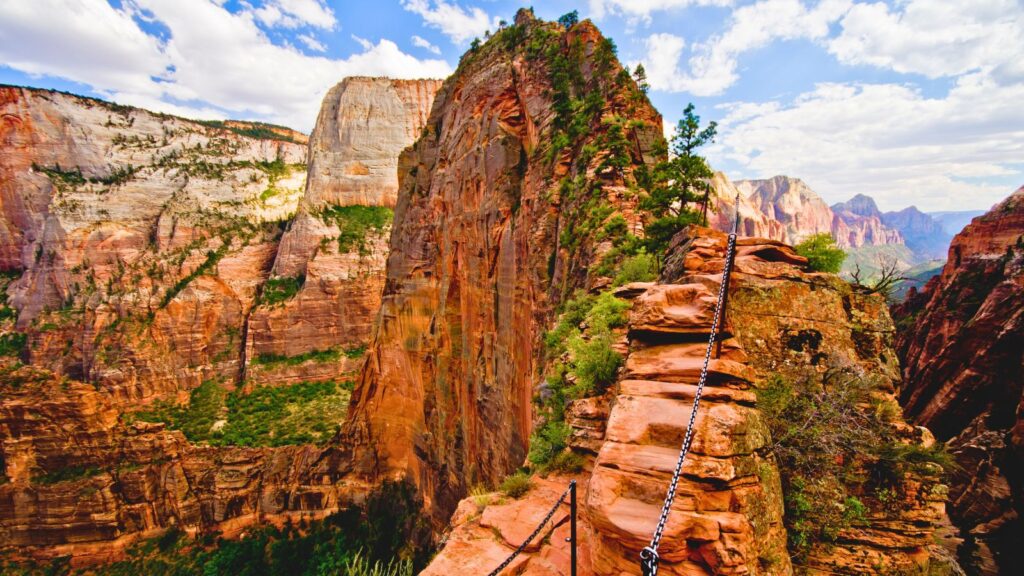
Angel’s Landing is both breathtaking and notorious for its extreme conditions. The narrow trail, just a few feet wide in places, winds along steep cliffs with sheer drops of over 1,000 feet. I’ve hiked it and recommend it as a bucket list hike, but its popularity comes with risks.
As of 2024, at least 17 hikers have lost their lives on the route, with several more unconfirmed. Many fatalities occur because people underestimate the physical demands or lose their footing during crowded peak times. It does get crowded. Chains are installed for support along the most harrowing sections but don’t eliminate the danger.
2. Silverton Mountain, Colorado
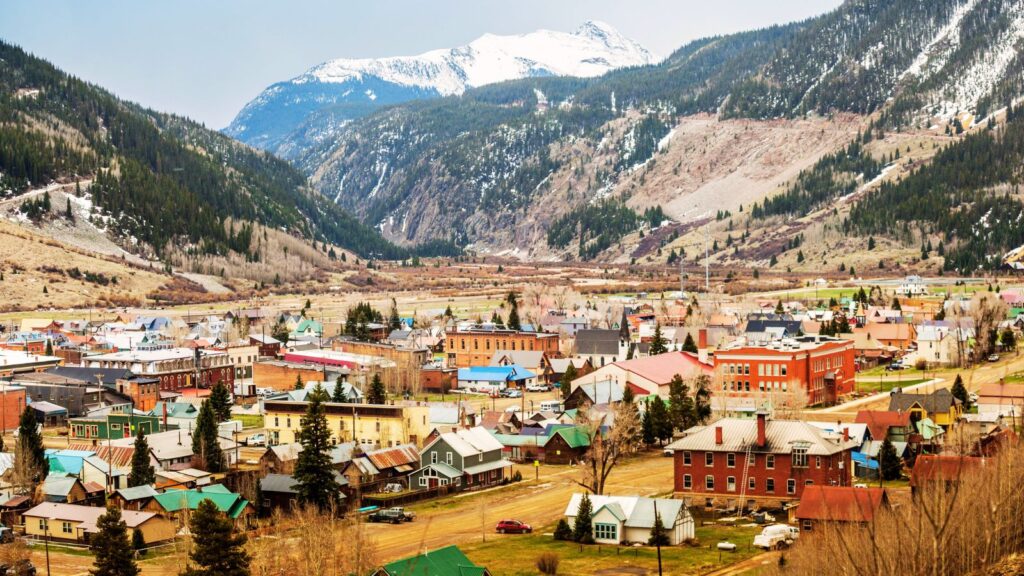
Silverton Mountain is a mecca for expert skiers but is infamous for its backcountry dangers. Unlike typical ski resorts, it offers no groomed trails or beginner options. Avalanche risk is ever-present, with some areas requiring skiers to carry beacons, shovels, and probes.
Since its opening in 2002, several deaths have been reported due to avalanches or extreme weather conditions. The mountain’s high elevation and unpredictable snow patterns make every descent a calculated risk.
3. Hawaii Volcanoes National Park, Hawaii
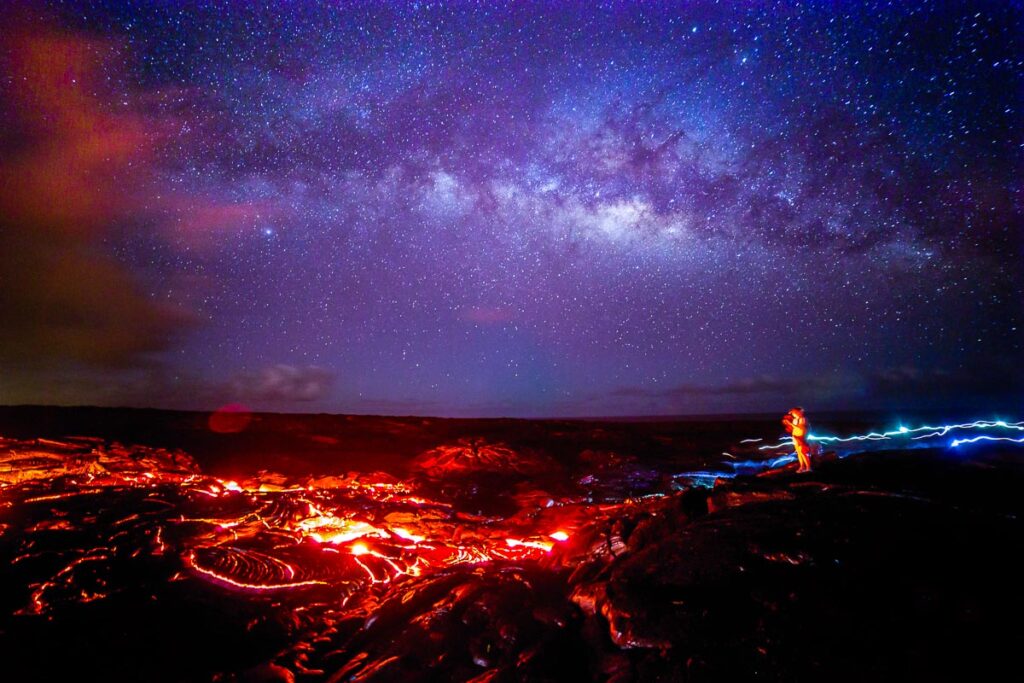
Hawaii Volcanoes National Park has the world’s most active volcano, Kilauea. While visitors can witness the fiery spectacle up close on guided hikes or helicopter tours, there are inherent dangers involved.
In 2018, a massive eruption and resulting lava flows destroyed hundreds of homes and forced evacuations. Even during calmer times, volcanic gases can be hazardous to those with respiratory issues.
The park also has unpredictable terrain and sudden rockfalls. Many injuries result from venturing too close to molten rock or ignoring warning signs.
4. Half Dome, Yosemite National Park, California
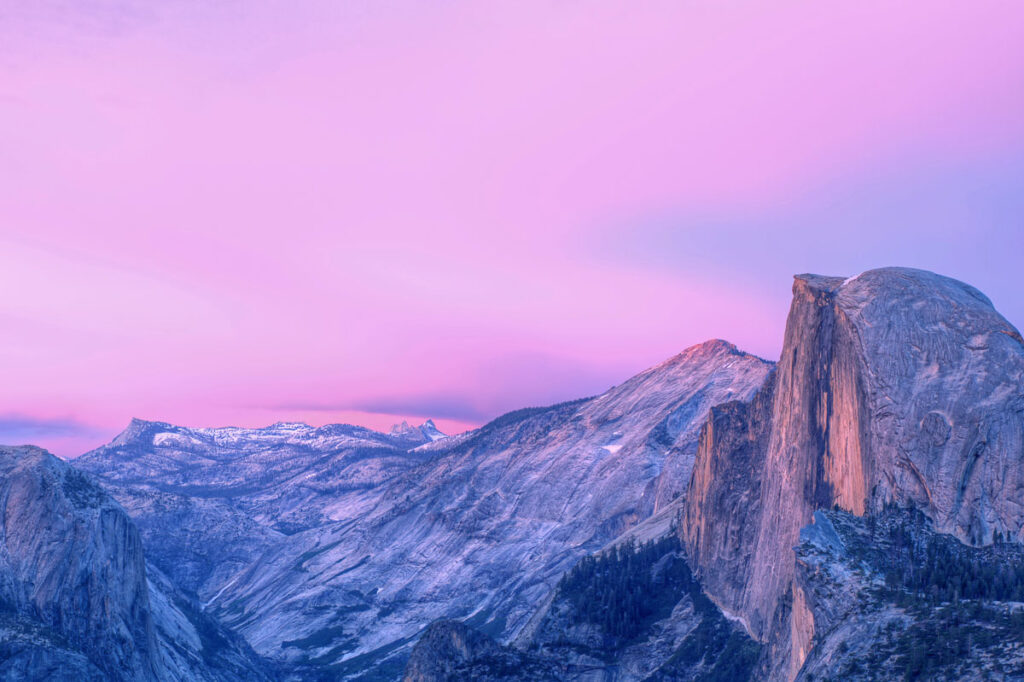
Half Dome stands as one of Yosemite’s most iconic landmarks, but it’s also a deadly challenge for unprepared climbers. The ascent involves a grueling 14- to 16-mile hike, with the final stretch requiring hikers to scale steep cables.
Slips on the slick granite have led to fatalities, with over 24 confirmed deaths having occurred on the cable section. An additional 40 – 60 deaths have been reported from the trail leading up to the mountain. Sudden storms add another layer of danger, turning the cables into treacherous lightning rods.
The park requires permits to limit traffic, but accidents still happen. Only attempt this climb if you’re experienced and equipped for the risks.
5. New Smyrna Beach, Daytona Beach, Florida
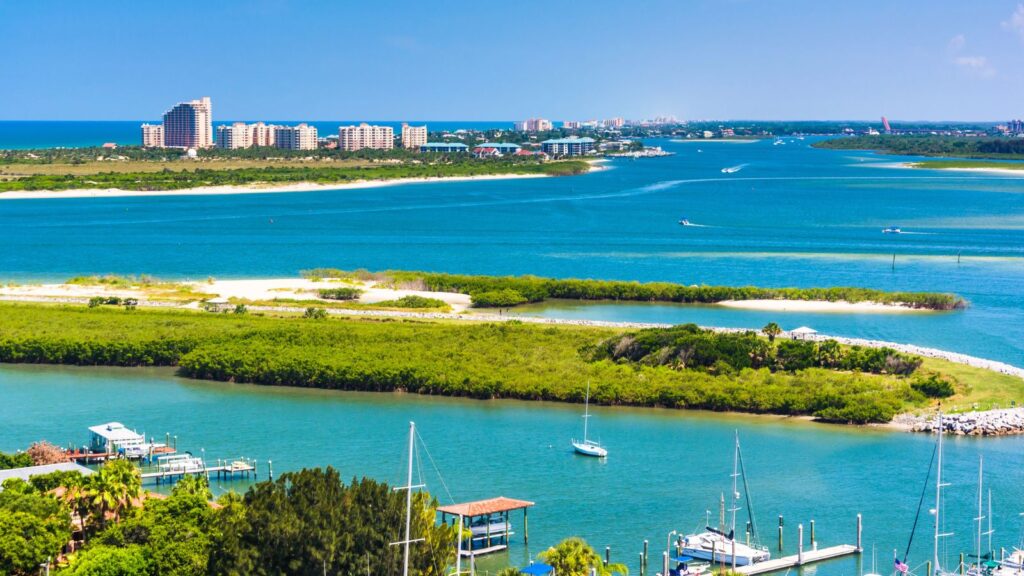
New Smyrna Beach holds the dubious title of the “shark attack capital of the world.” This stretch of Florida’s coastline sees more shark bites per year than anywhere else globally. Most bites are non-fatal, but the sheer frequency is alarming.
Because of the large number of prey fish in the area, surfers and swimmers are 10 times more likely to be bitten by a shark there than anywhere else in the US.
6. Eagle’s Nest Sinkhole, Florida
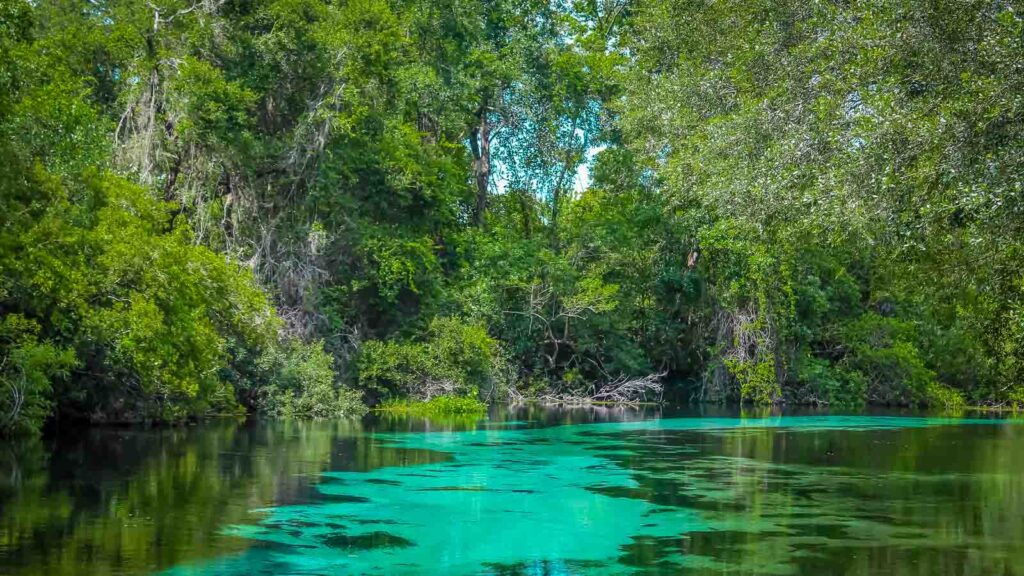
Nicknamed the “Mount Everest of cave diving,” Eagle’s Nest Sinkhole is a death trap for the unprepared.
This underwater cave system near Weeki Wachee Springs has claimed over a dozen lives since the 1980s. The depths exceed 300 feet, and the labyrinthine passages disorient even skilled divers.
Equipment failure or poor navigation can quickly turn deadly, with no room for error in this pitch-black environment. The site is marked with warning signs, so only highly experienced technical divers should even consider exploring these waters.
7. Hawksbill Crag, Arkansas
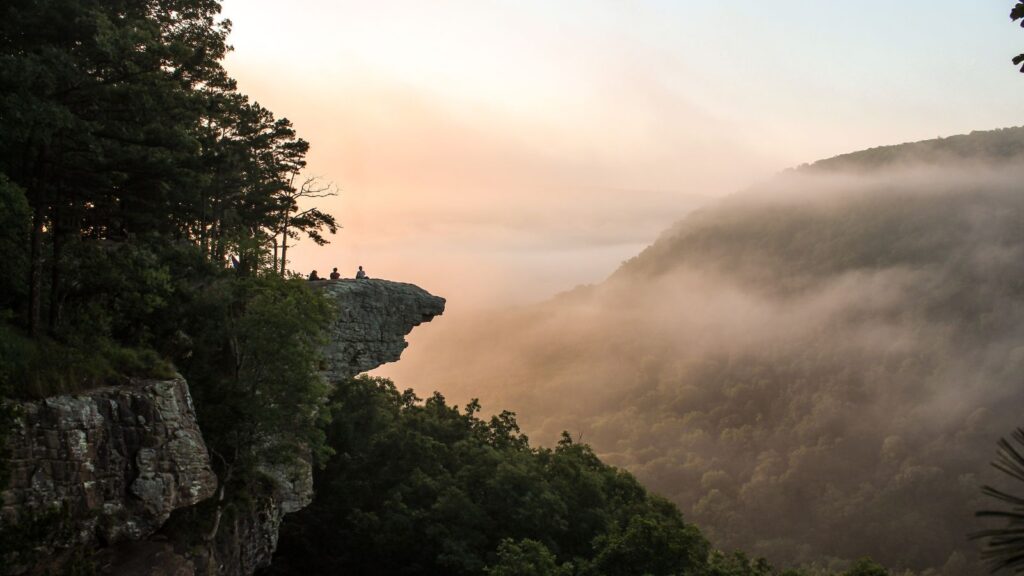
Hawksbill Crag is a striking rock formation in the Ozark National Forest, sitting roughly 100 feet above the forest floor. The trail leading to the crag is uneven and often muddy, increasing the chance of slips.
At the overlook itself, people have fallen to their deaths while taking photos or misjudging the edge. Emergency responders have noted that reaching injured hikers can take hours due to the remote location.
8. Death Valley National Park, California
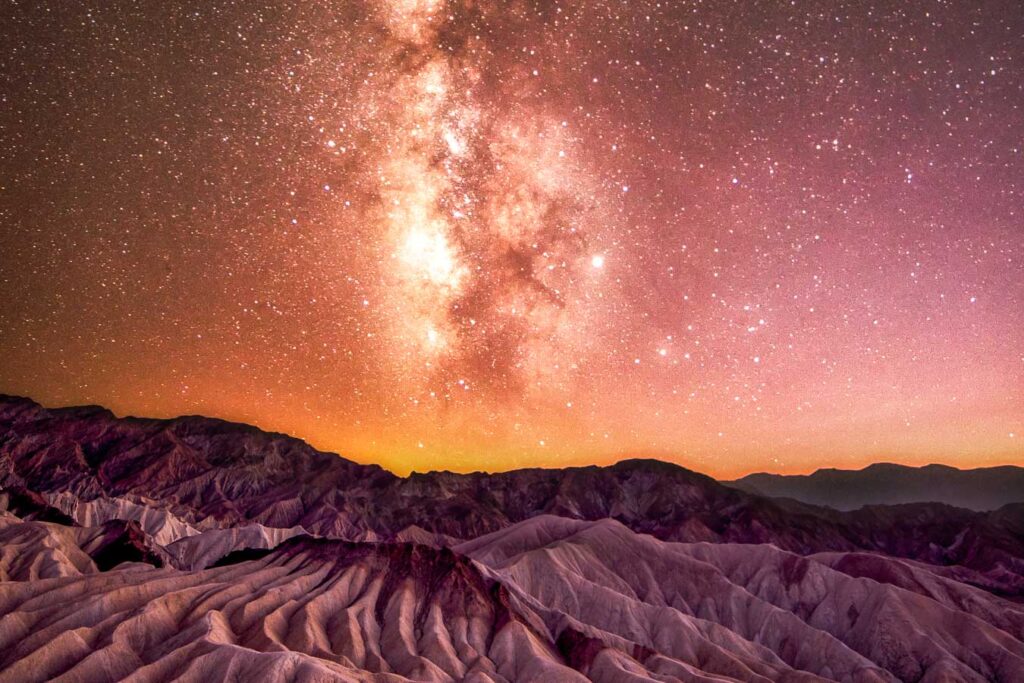
Recorded as the hottest place on Earth, Death Valley is as dangerous as it is unique. Summer temperatures can soar past 120°F, leading to numerous cases of heat exhaustion and dehydration.
Between 2010 and 2020, 7 heat-related deaths were recorded, but most were actually vehicle crashes. Remote areas of the park make rescues difficult, and unprepared hikers often underestimate how quickly conditions can deteriorate.
Some attractions, like Badwater Basin, are deceptively accessible but still risky in extreme heat. Always carry extra water and avoid venturing far during peak temperatures.
9. Via Ferrata, Telluride, Colorado
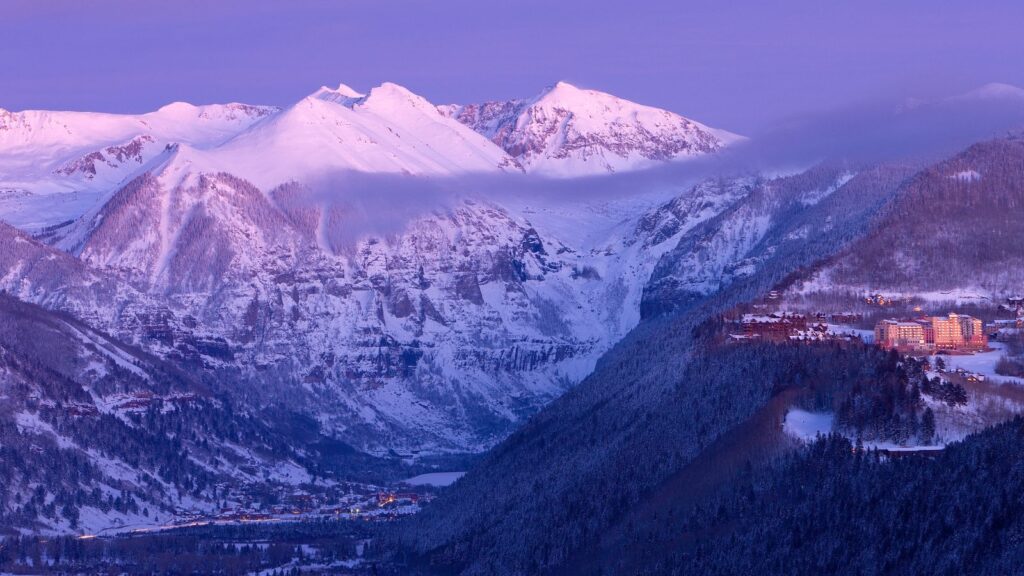
The Via Ferrata in Telluride is a climbing route that clings to sheer cliffs. Only iron rungs and cables separate you from a deadly drop. While no official fatality data exists, rescues are frequent, and injuries are common.
The path requires a steady hand, strong nerves, and proper gear. Weather conditions, such as sudden rain or snow, can quickly escalate the difficulty. Guided tours are available for beginners.
10. Grand Canyon National Park, Arizona
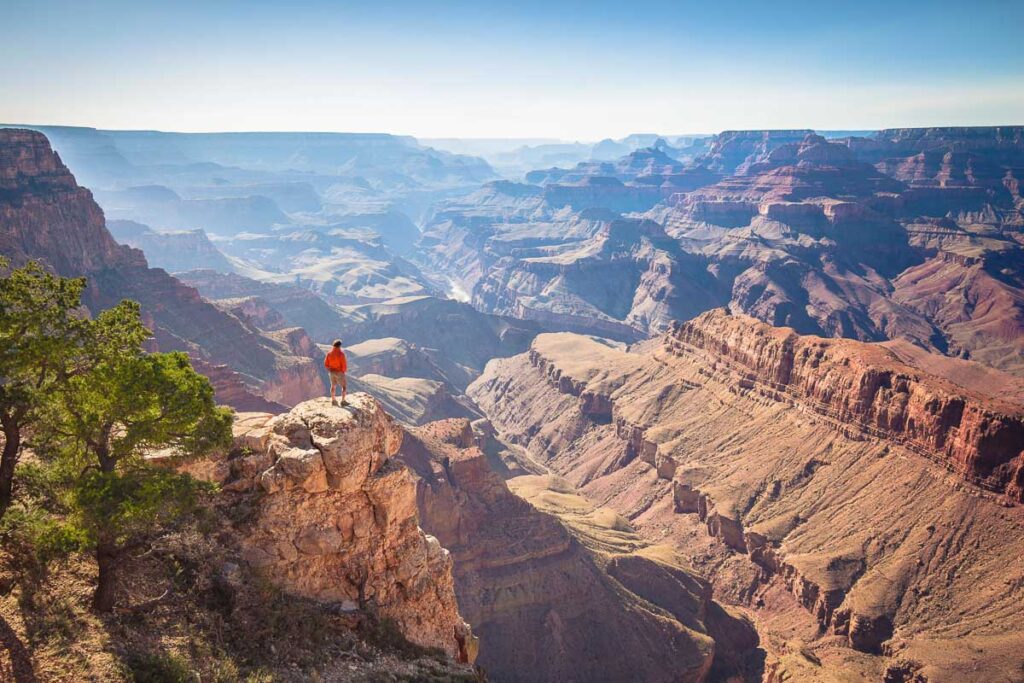
The Grand Canyon is one of the most visited national parks in the country, but visitors often underestimate its dangers. Each year, The park leads in the number of missing person reports, deaths, and suicides here, ranging from falls to heatstroke.
The Bright Angel and South Kaibab trails are particularly hazardous due to their steep descents and the intense heat of the canyon floor.
Sudden weather changes can catch hikers off guard, adding to the risks. During peak seasons, helicopter rescues are a daily occurrence.
11. The Maze, Canyonlands National Park, Utah
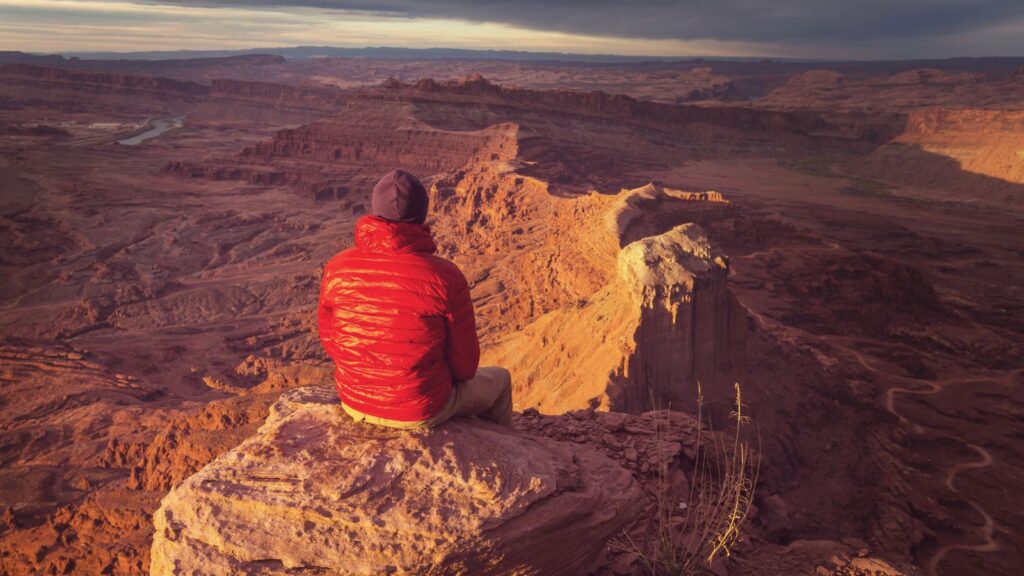
The Maze is one of the most remote and challenging areas in the national park system. Its complex network of canyons has disoriented many, with search and rescue operations averaging one per month. The isolation means help is hours—or even days—away.
Temperatures swing from freezing at night to scorching during the day. Only experienced backcountry explorers should attempt this trek, armed with detailed maps and plenty of supplies.
12. Precipice Trail, Acadia National Park, Maine
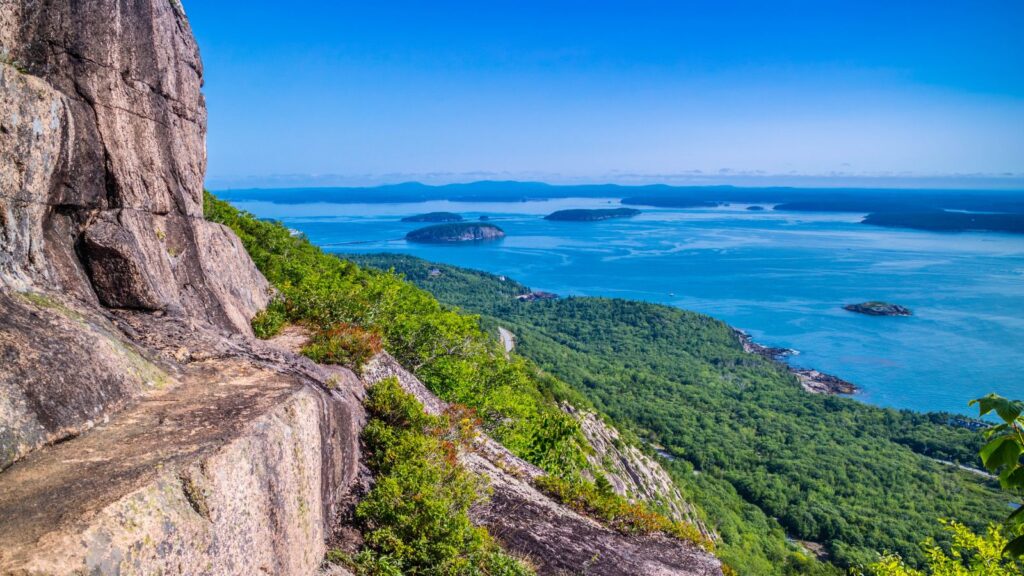
The narrow, rocky path of Precipice Trail ascends steep cliffs with iron rungs and is not for casual hikers.
Fatal falls have been reported over the years, especially among those who misjudge the difficulty or climb in wet conditions. The trail’s exposed sections make it particularly harrowing in bad weather.
Despite its short length, the intensity of the climb requires both physical fitness and a fearless attitude.
Catherine, a seasoned travel writer, has lived in 4 different states and explored 36 states and 28 national parks. After spending two years embracing van life, she's now dedicated to sharing her vast knowledge of day trips across America. Catherine's other works has been referenced in major publications like MSN, Self, and TripSavvy.
| MY FAVORITE TRAVEL RESOURCES |
✈️ Find amazing guided tours and experiences with Viator to maximize your time! 🏘️ Plan ahead and secure your accommodation with Booking.com in advance. 🧾 Rent a car with Discovercars in advance and get the best prices for your day trip adventures. |

